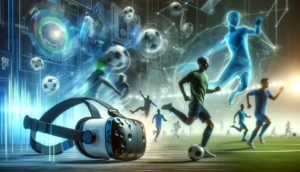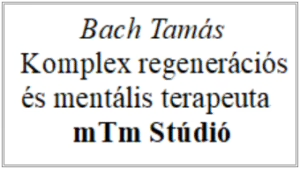Virtual Reality Applications in Sports Massage: The Future of Therapeutic Possibilities
 The world of sports massage is rapidly evolving, and modern technologies—most notably virtual reality (VR)—are opening new dimensions for both relaxation and rehabilitation. This article reviews the role of VR-driven relaxation environments, immersive pain management techniques, biofeedback-based VR applications for recovery, and provides practical implementation guidance for studios.
The world of sports massage is rapidly evolving, and modern technologies—most notably virtual reality (VR)—are opening new dimensions for both relaxation and rehabilitation. This article reviews the role of VR-driven relaxation environments, immersive pain management techniques, biofeedback-based VR applications for recovery, and provides practical implementation guidance for studios.
1. VR-Guided Relaxation Environments in Massage
The effectiveness of relaxation fundamentally impacts the success of sports massage therapy. International research shows that VR-supported relaxation (e.g., through 3D glasses) significantly increases athletes’ rest states and positively affects both physical and mental recovery. Virtual relaxation environments help clients detach from the outside world, reduce stress and muscle tension, and alleviate performance-related anxiety. Studies suggest that combining massage with VR-provided audiovisual experiences deepens relaxation on muscular, emotional, and cognitive levels.
2. Immersive Techniques for Pain Management
Immersive VR technologies are highly effective in pain relief during active rehabilitation and massage therapy sessions. Advanced VR systems can redirect the client’s focus away from pain through various virtual scenarios and engaging games. For some users, subjective pain ratings decrease by up to 75%, with marked reductions in both anxiety and stress. The VR-induced sense of presence—the subjective experience of being immersed in the virtual world—noticeably boosts the analgesic effect. Physiologically, lower heart rates and elevated skin temperature have been observed, indicating deep relaxation.
3. Biofeedback-Based VR for Recovery
VR technology can be combined with biofeedback systems that provide real-time information on physiological status (e.g., heart rate, muscle activation, breathing). This feedback allows therapy to be tailored and optimized to individual needs. Game-based feedback enhances motivation, helps form correct movement patterns, and supports neuromuscular retraining or proprioceptive practice post-injury. The advantage of VR biofeedback is its dual support for both physical and mental regeneration, as athletes can continuously monitor their own progress.
4. Practical Implementation Guide for Studios
Integrating virtual reality into sports massage studios has become feasible and accessible, with easy-to-use hardware and software. Implementation steps include:
-
Acquiring VR headsets and establishing hygiene protocols (e.g., replaceable foam inserts).
-
Selecting VR programs with relaxation, mindfulness, or gamified rehabilitation content and multilingual interfaces, preferably including English.
-
Integrating biofeedback devices for more comprehensive feedback.
-
Training staff in the use of devices—a process usually quick and not requiring advanced technical skills.
-
Providing clear explanations to clients about the experience, expected benefits, and potential contraindications (e.g., epilepsy).
-
Monitoring feedback and client satisfaction after implementation.
VR-supported sports massage not only boosts client experience but also enhances therapeutic effectiveness, keeping services aligned with international innovation trends.

References
-
Pourmand, A., Davis, S., March, J., Whiteside, T., & Sikka, N. (2018). Virtual Reality as a Clinical Tool for Pain Management.
-
Harvie, D.S., Broecker, M., Smith, R.T., Meulders, A., & Moseley, G.L. (2024). Exploring the use of immersive virtual reality in adults with musculoskeletal pain.
-
Paladugu, P., Kumar, R., Ong, J., Waisberg, E., & Sporn, K. (2025). Virtual reality‑enhanced rehabilitation for improving musculoskeletal function and recovery after trauma.
-
Wiederhold, B.K., Gao, K., & Wiederhold, M.D. (2014). Virtual Reality as a Distraction Technique in Chronic Pain Management.
-
Nagamine, T. (2025). Challenges in using virtual reality technology for pain relief.
-
Guided VR (2024). How Can Spas or Salons Benefit from Virtual Reality?
-
True Balance Pain Relief (2024). Wearable Tech in Sports Massage: Monitoring Recovery Efficacy.
-
Exercise Medicine (2024). Application of the Visualization through Stereoscopic Glasses in the Sports Massage.
Fedezzen fel többet mTm Stúdió-tól
Iratkozzon fel, hogy a legfrissebb bejegyzéseket megkapja e-mail-címére.
